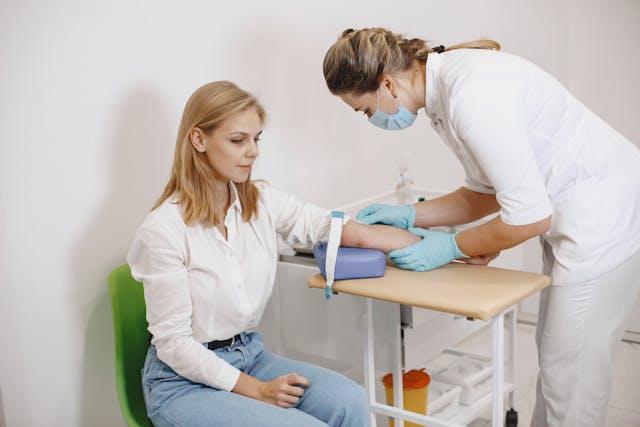Most nurse practitioner (NP) programs include a clinical placement, which is a hands-on learning experience in healthcare settings. This allows students to apply the knowledge they have learned in the classroom to real patient care situations. Students in the family nurse practitioner program may find a clinical placement in hospitals, family clinics, community health centers, or long-term care facilities. Here are some clinical placement services for nurse practitioner programs:
Regional Clinical Faculty
Though clinical programs usually occur after coursework is completed, some nursing universities begin developing students’ clinical plans soon after enrollment. This encourages NP students to start identifying their interests and connecting with potential preceptors, or clinical supervisors. Regional clinical faculty help students connect their nursing goals to potential clinical locations. They can help students adjust their plans as interests change. Having a plan early allows the university to verify that a chosen clinical meets a program’s requirements. A program may require:
- A minimum or maximum number of clinical sites
- A minimum number of clinical hours
- Specific clinical settings, such as a hospital or clinic
- Treatment for defined patient or care types
The regional clinical faculty members extend their support to students and preceptors throughout clinical scenarios. The faculty members use their time to initiate discussions about resolving issues and arrange networking events and contribute their personal experiences in the field. Students receive supplementary help through this network to move from classroom learning to actual healthcare environments.
Clinical Advisors
The process allows students to choose where they will conduct their clinical work as well as the preceptor whom they will work with. Such verification checks mentor-student compatibility while offering unique mentoring opportunities for both parties. Students who do their clinical work near their local area can usually place themselves in their desired locations with ease. When students need placements outside their local area the clinical advisor will assist them with alternative placement options. The nursing education institutions which have gained recognition maintain partnerships with numerous clinical facilities across the national network. The role of advisors involves finding placements specifically for each NP student individually. Hospital facilities alongside family clinics join rural clinics and birthing centers and specialty clinics as available placement options in the nursing program.
Credentialing Team
The clinical credentialing process is a key component of the family nurse practitioner program and other NP specialty tracks. This process verifies that key clinical participants meet standards for patient care and student education. A university’s clinical credentialing team must credential:
- Sites: Healthcare organizations should meet legal and regulatory requirements for patient care.
- Students: Most students need to complete program prerequisites before beginning the clinical course component. They should be up to date on key vaccinations to protect patient health.
- Preceptors: A preceptor must have a current medical license to practice in the state where the clinical takes place and a valid certification for relevant specialties. The credentialing team may require a background check, CV, and employment contract to verify character.
Credentialing helps determine if the clinical placement meets requirements set by national, state, and university organizations. The clinical credentialing team negotiates student contracts and facilitates student onboarding. This helps build trust between the university, clinical site, and students.
Support Resources
Many nursing schools provide resources that help students find or navigate clinical placements. An interactive community map may display a university’s active clinical sites and preceptors. This allows students to explore sites by location, type, or specialty. Narrowing search parameters this way helps students identify potential placements more quickly.
The faculty at a university organizes Case Days through remote or traditional face-to-face events. The attendees collaborate by studying clinical cases that students bring to generate multiple ideas regarding treatment solutions. Students obtain networking chances with faculty members and alumni and nearby clinical experts during Case Days.
The requirement for liability insurance is typically imposed on NP students before they start joining clinical rotations at healthcare facilities. Student participation on healthcare teams lets them face potential legal consequences when their care activities result in patient injuries. To safeguard students and institutions against financial issues some educational establishments provide insurance coverage to their students.
Enroll in a Family Nurse Practitioner Program
Family nurse practitioners have the authority to diagnose medical conditions along with medication prescription abilities that cover the entire age spectrum of patients. Most healthcare facilities accept FNP students for clinical training because their wide care scope allows them to work with patients dealing with chronic conditions and pregnant women as well as those with mental health needs. Contact an accredited nursing school at present to gather information about FNP training alongside alternative nursing programs.







